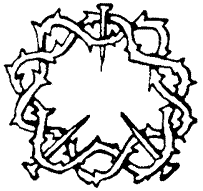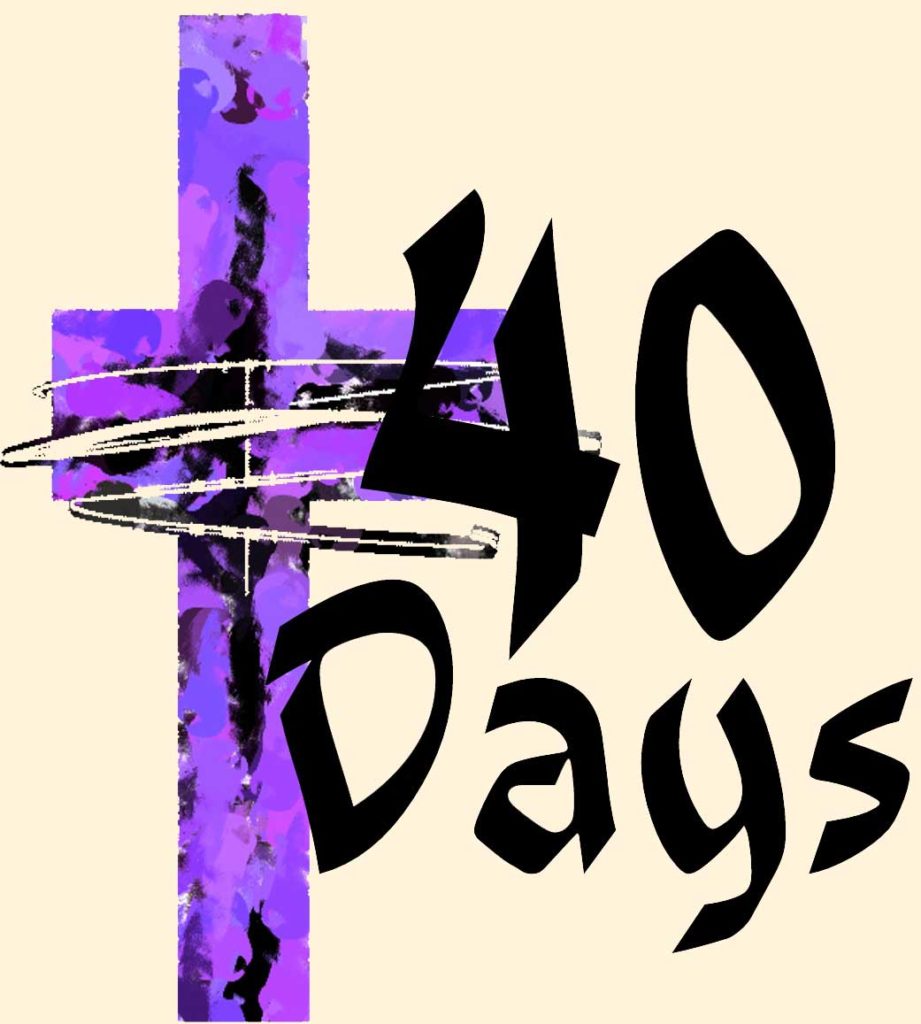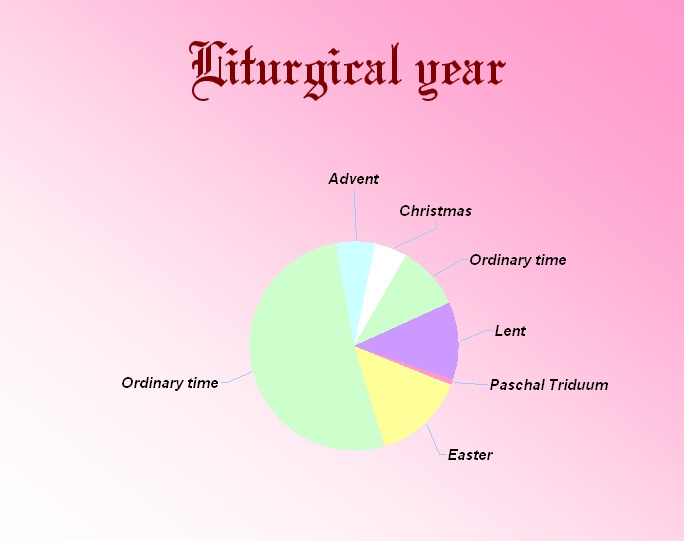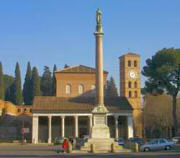Good morning down in the 30’s tonight…but not covering plant till tomorrow…one last day of grace.
AND HERE WE GO AGAIN:

YUMMY and Jamie and Claire are Catholic by the way

SINCE IT’S LENT TODAY:

Lent is a 40-day period of preparation for Easter Sunday and one of the major liturgical seasons of the Catholic Church. A penitential season marked by prayer, fasting and abstinence, and almsgiving, Lent begins on either Ash Wednesday (for Latin Rite Catholics and those Protestants who observe Lent) or Clean Monday (for Eastern Rite Catholics and Eastern Orthodox) and ends on either Holy Thursday or Holy Saturday. (For more details, see When Does Lent End?) huh???? http://catholicism.about.com/od/Catholic-Dictionary/g/Lent-Definition-Of-Lent.htm

OK first let me confess (sorry) I am not a Catholic, in fact I was raised in a faith that had little use for all the rites and traditions which they had passed along for year. I am now a self confessed (sorry again) searcher into the legends and traditions that we (people in general) live with and by, but with no faith in them other than a link to our past.

Saying that I do pride myself in accepting the beliefs of others and respecting the same. My theory is if it does not harm others then I have no problems with it and have taken part in many religious events and ceremonies which I feel are a positive influence in the world today.

So what or where is the word from? It appears to have gotten it’s current (English) meaning late 14c., short for Lenten (n.) “forty days before Easter”
However in the 12th century (early 12c.), from Old English lencten “springtime, spring,” the season, also “the fast of Lent,” it had a broader meaning.
Leave the English: from West Germanic *langa-tinaz “long-days”, cognate with Old Church Slavonic dini, Lithuanian diena, Latin dies “day” It probably refers to increasing daylight and there are similar form evolution in Dutch lente and German Lenz “spring.” It is interesting to note that the religious definition of “period between Ash Wednesday and Easter” is peculiar to English.
http://www.etymonline.com/index.php?term=Lent

A penitential season marked by prayer, fasting and abstinence, and almsgiving, Lent begins on either Ash Wednesday
The 40 days of Lent is traditionally described as lasting for forty days, in commemoration of the forty days which, according to the Gospels of Matthew, Mark and Luke, Jesus spent, before beginning his public ministry, fasting in the desert, where he endured temptation by the Devil, http://en.wikipedia.org/wiki/Lent
Many scholars believe that the current 40 days was developed after the Conference of Nicea early in the 4th century AD in a effort to determine when festivals etc were to be celebrated and how. http://www.google.com/url?sa=t&rct=j&q=&esrc=s&source=web&cd=3&ved=0CC4QFjAC&url=http%3A%2F%2Fwww.baylor.edu%2Fcontent%2Fservices%2Fdocument.php%2F193181.pdf&ei=gq3kVPnQKIjEggSmlYLYDw&usg=AFQjCNE1xuNsrx62xrkc78-03xUv71fA8w&sig2=RSQpmIg2jCi9b9EoJyOYZw

During some Ash Wednesday services, the minister will lightly rub the sign of the cross with ashes onto the foreheads of worshipers. The use of ashes as a sign of mortality and repentance has a long history in Jewish and Christian worship. Historically, ashes signified purification and sorrow for sins. http://www.umc.org/what-we-believe/why-ashes-on-ash-Wednesday
The ashes used on Ash Wednesday are made by burning the palm crosses that were blessed on the previous year’s Palm Sunday. or Ashes can also be bought from Church suppliers. A bag of ashes big enough for 1000 people costs around £8 (around $16). http://www.bbc.co.uk/religion/religions/christianity/holydays/lent_1.shtml
A number of passages in the Old Testament connect ashes (efer) with mourning, and we are told that the mourner sat or rolled himself in, sprinkled his head or mingled his food with, “ashes”, but it is not clear whether in these passages we ought not rather to translate efer as dust. The same phrases are used with the word afar which certainly means dust. It may be that the dust was originally taken from the grave, in token that the living felt himself one with the dead, or it may be that humiliation and the neglect of personal cleanliness constituted the dominant idea; for a similar manifestation of grief was undoubtedly familiar among Aryan peoples, e.g. in Homer (Iliad, XVIII, 23). http://www.newadvent.org/cathen/01776c.htm
“Everything in life has its own time. There is time to celebrate and there is time to mourn. This is the time for reflection and transformation. Let us look within and change into what we ought to be.” — Aaron Saul

